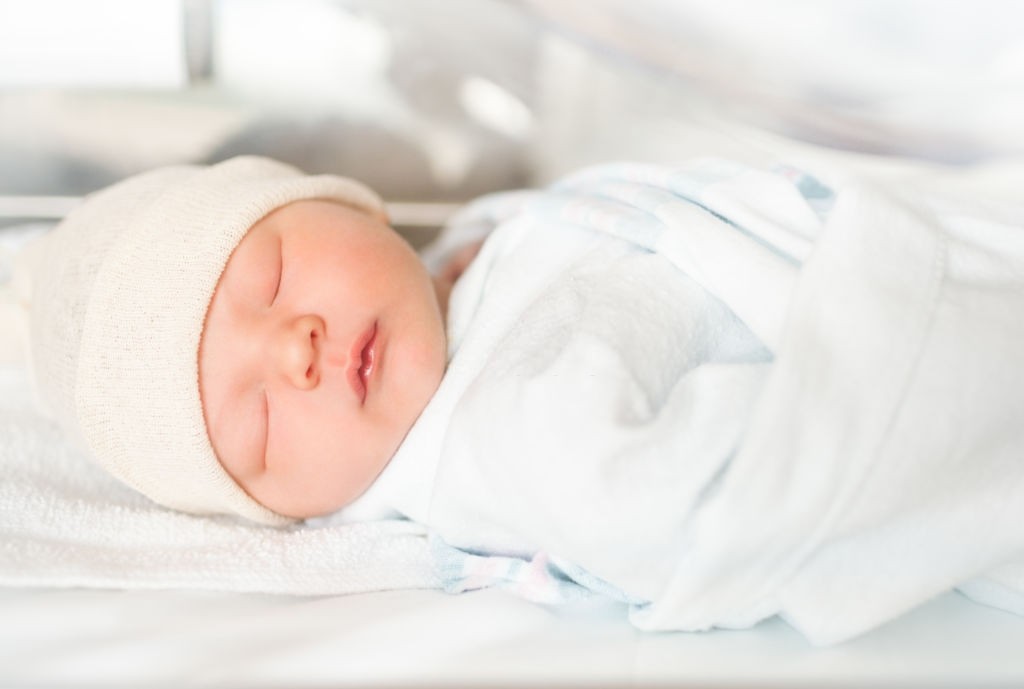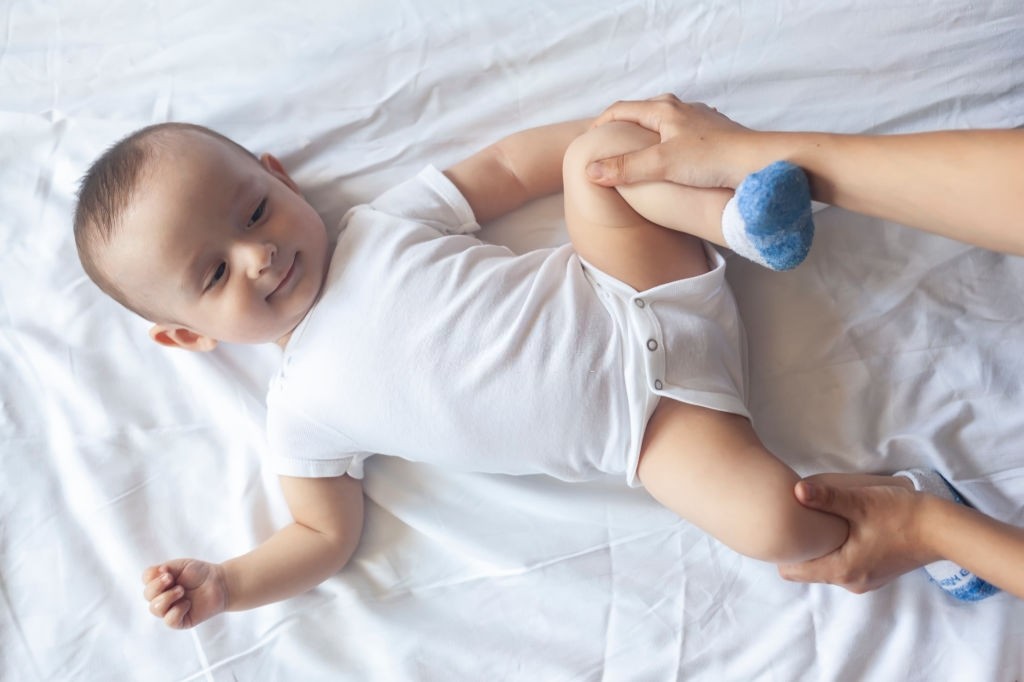Baby sleep soundly is the biggest wish of almost parents. However, many people do not know – but still, want to know – some nitty-gritty details such as “How long will my newborn take a nap?” or “What time should he go to bed” and “How many time of overnight sleep may I expect realistically?”
The answers to those questions can actually change a little bit during the first year of your baby when she grows and develops. And indeed, each kid is unique. Therefore, there’s no exact playbook. However, here is what you may expect reasonably to help baby sleep tightly through the night
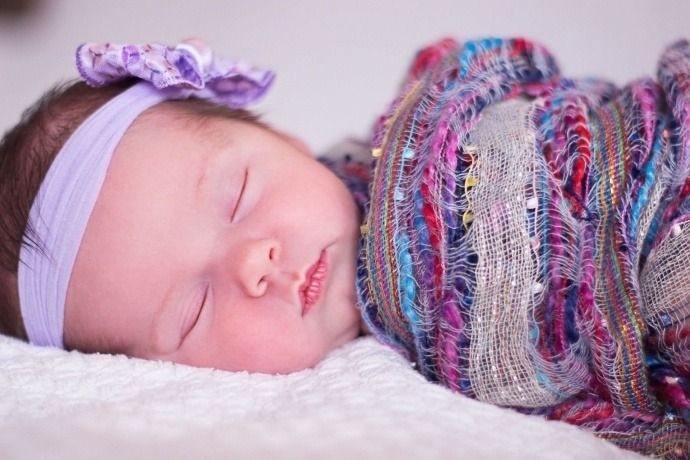
Baby sleep process
At all ages, a typical sleep always involves the cycles of:
- Light sleep (aka REM (rapid eye movement) sleep)
- Deep sleep (aka NREM (non-rapid eye movement) sleep)
When you are in the light sleep state, sometimes, you cannot even realize that you are asleep. You can easily wake up from this state of sleep. For babies, light sleep is the time when they dream.
Deep sleep is much more restful and peaceful. It is also thought that the deep sleep state is the moment when your babies heal and grow. For somebody, it is difficult to get up in a deep sleep, and they will feel drowsy when having to wake up.
Newborns have more light sleep than adults and older kids. Up to ½ of baby’s sleep is rapid eye movement sleep. Moreover, unlike the adults, babies go into light sleep directly when they fall asleep and often return to REM sleep throughout the night. REM sleep’s preponderance in babies is among the reasons why they seem like noisy sleepers. Many researchers still suspect that whether light sleep is vital for the normal development of the brain in all young mammals and infants.
Kids frequently wake up briefly at the end of their sleep cycle. This’s a common part of healthy sleep, and all kids do it. Some of them call out whenever they get up and need help to settle again. However, independent sleepers can put themselves to sleep again.
Schedule/Routine
# How much do your babies sleep?
- Newborns – about 14 to 18 hours (including naps)
- Age from 4 to 12 months – about 12 to 16 hours (including naps)
- Age from 1 to 2 years – about 11 to 14 hours (including naps)
Infants may sleep for about 18 hours or more a day. However, their sleep just last for about 2 to 3 hours at a certain time. During their first year, the duration of their overall sleep may be about 15 hours, and the sleep’s majority becomes concentrated during the night time due to the development of circadian rhythms.
When the babies are three months old, they start to settling (or sleeping through a five-hour stretch at night). When they are five months old, ½ of infants may begin to sleep through an 8-hour stretch at nights. In general, though, infants don’t sleep all the night each night until they’re one year old.
# What if a baby sleeps too much?

These numbers are just approximate – each newborn has different personalities and needs – so it is still okay if your infants sleep more than that. Some newborns can sleep longer at the night while the others enjoy longer naps. You will learn to read the cues of your baby and get their state of sleep.
The length of naps is various, relying on your baby, however, when he gets older, you can help him sleep better at night just by ensuring that he doesn’t nap for over two hours during daytime.
I highly recommend that in case your kid is 6 months old and he doesn’t seem to sleep less; then, it’s time you check with the pediatrician. There’re some medical controls, which can be responsible.
# When should your baby wake up in the morning?
Just keep in your mind that the term of “early” is a relative one – for some mothers and fathers, waking up at 5:30 is ideal, meanwhile, for others, waking up before 8 a.m. is considered early. Now, take a good look at the wake up’s time of your child- It is after 6 a.m.?
Besides, you also need to think about how your baby gets up – is he energized and happy? If he wakes after or at 6 o’clock in the morning and seems refreshed and gets ready for the day, then he may not have any problem with rising early.
Developmentally, waking up at 6 a.m. or later is appropriate for most toddlers and babies, as long as they get adequate naptime and nighttime sleep. Nevertheless, if your kid gets up earlier than 6 o’clock, and if he looks cranky and tired after waking up, then, he may encounter an early rising problem.
# Regression
Sleep regression is when your infant is previously sleeping well through the night for a long time, and however, suddenly, without any known causes (like the big sleep stealers: travel, teething, illness), his sleep goes downhill suddenly. The sleep regression may last anywhere from two to six weeks and usually coincide with developmental or cognitive milestones. Generally, sleep regression happens at 12 months and 4 month
# 4 month sleep regression
This one is permanent, folks! In other words, the changes, which occur within four-month-sleep regression, are all permanent changes. By the time of four months, your newborn has ditched his babyish sleeping patterns, and sleeps more like adults – and this translates into usual night waking (as well as a lot of fussing) with shortened naps.
# 12 month sleep regression
Anyway, this sleep regression has lots to do with the naps. Especially, you may find that your infant suddenly begins to refuse her or his second nap, and try to get by with only one nap.
In case you find yourself in the middle of the sleep regression, then, try your best to soothe your baby by being responsive and avoiding creating new sleep crutches, or turning back to the old ones.
SIDS
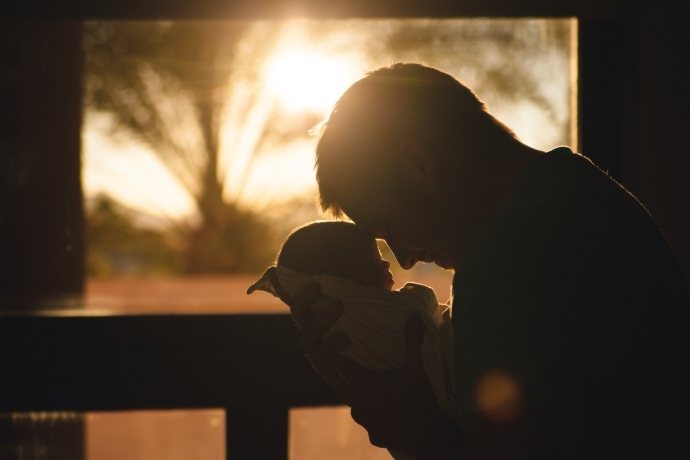
SIDS or Sudden Infant Death Syndrome is the unexplained, sudden death of a baby, who is younger than one year old, which does not have any known cause even after an entire investigation. That investigation consists of performing a whole autopsy, examining death scene, as well as reviewing clinical history.
SIDS is much more common among infants sleeping on their stomach than among who sleep on their back. Infants also shouldn’t be placed on their sides to sleep. A child can roll from a side position onto his belly easily during sleep.
Training sleep
There are lots of reasons affecting the sleep of your babies during the night. In which, some of the most common ones are that they may need feeding; they may want to get the reassured, and comfortable feeling from you; or even the consistency of the bedtime routine also help them have a good sleep. Besides, teething period can somewhat affect the sleep patterns and routine of your babies.
There is a wide range of ways which parents can use to help with their babies’ sleep. You might hear a lot about these but keep in mind that: babies are not the same and therefore you can’t apply only one approach for all.
No-tear method: actually, the key thing of this method is to create and improve the relationship between parents and their babies. It means that you need to stand by your babies instantly when they start to cry through the night and give them the feeling of safety and comfort by constant contact; in which you need to pick up or put down as crucial and pay more attention to them. To take this method, parents usually need to stay in the babies’ room when they are beginning to sleep (like naptime or bedtime), and for a certain time after every night waking. This approach also gives parents the opportunities to support their babies to avoid waking. Moreover, it is also a great way to eliminate or at least minimize crying.
Cry-it-out method: to take this method, lots of crying of the babies are needed. It is really simple. All you need to do is just do your usual bedtime and leave your babies awake in their room without needing any checks. In case your babies cry, just let her cry out and you needn’t go inside for a check. People also call this method as Ferber method (or Ferberization) because Dr. Richard Ferber is the person invented this approach for infant sleep solving.
E.A.S.Y schedule: like the name of the method, it is a routine which is a repeating natural cycle throughout the days. All activities are related to the letters above, and they need the flexibility instead of only mechanically following. Although this approach is not actually easy, it really works.
E is the abbreviation of EAT. Starting at six months, both liquids thru nursing and bottle, solid feeding are necessary. During this period, it is not usual for babies to overfed or underfed on their routine.
A is the abbreviation of ACTIVITY. Practice this can prevent babies from overstimulation.
S is the abbreviation of SLEEP. For infants, sleep is extremely important. A good daytime sleep will help to support the babies’ night sleeping. The proper of activities and foods can result in good naps contributing to creating a perfect routine.
Y is the abbreviation of YOUR TIME. It means that if you take this method, you will have more time to rest, clean or shower or anything you want.
5s Methods for Soothing a Baby
Swaddling: swaddling can help babies feel cozy and snug as well as prevent them from flailing limbs. Remember that you should swaddle tight and nice which still have enough room for babies’ legs and hips to move.
Side/ stomach: these are the positions helping to control the babies’ flailing by stopping the reflexing of the moro. As usual, I will hold my baby’s tummy part down on my arm while using my hand and the crook of my arm to hold her head.
Shushing: shush the ear of your baby from two to four inches (but not into and just past it). If this gradually upsets your baby, just shush louder. This is because harsh or loud might help baby have a good sleep in some ways.
Swinging or Rhythmic movement: there are many conventional rhythmic movements, including dancing, rocking, baby bouncers on vibrant, baby swings, rhythmic pats on the bottom or back, baby carriers, baby squats (this is my favorite one), car rider, walks or forth and back movements of your knees while you let your baby rest on.
Sucking: No matter what you use, including breast, bottle, pacifier or finger, your baby will surely enjoy sucking because of their sooth. This can completely help your baby keep calm.
What is the Best Temperature for Baby’s Room?

What is the best temperature a baby’s room? In fact, it depends on the babies’ age. Conventionally, the safe and cozy room temperature for baby’s sleeping will lie in between 160C and 200C.
To have a more comfortable sleep, this temperature should be from 18.3-21.1 Celsius. Thus, for infants or babies, they will feel comfortable at this one while it might be a bit cool for older children and adults needing a warmer room for their relaxing sleep.
If the temperature is too cool
In fact, babies do not have the ability to self-generating heat like adults. When they are getting too cold, they will start to cry and may not want to feed. This might put your babies a dangerous case when their hands, feet even their chest become too cold under their clothes.
In that case, if babies are not warmed up immediately, their state might get worse into the neonatal cold syndrome. The hand and feet of your baby will appear bright pink and swollen; their skin also gets cold as well. At that time, you need to warm the baby slowly and carefully.
If the temperature is too warm
Keeping the temperature of your baby’s room not too hot is extremely vital. This is because it can affect the sleep of your baby too much. When it is too hot, she might awake lots of time during the night and might easily be in danger of SIDS.
What are the best sleeping positions and signs for babies
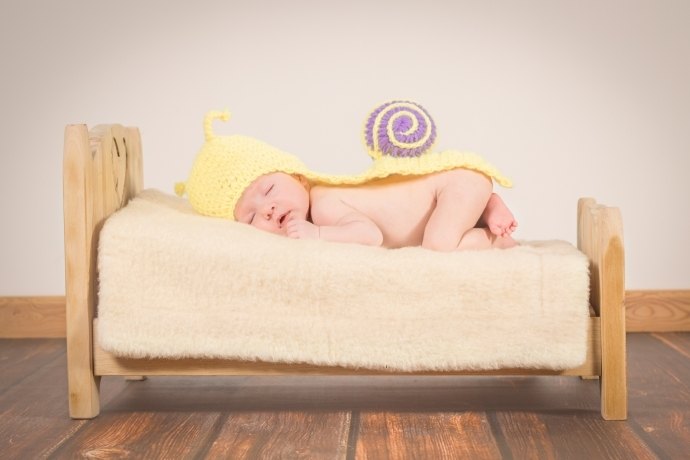
Observing the positions and signs of the babies when they are sleeping is a great way helping parents realize their children’s health conditions.
Positions
On back: a healthy child would appear to sleep full-time on their back for sleep at night, short periods of rets or naps. Sleeping in this position is claimed to reduce the risk of SIDS for your baby because it can help the infants feel cool and comfortable.
On stomach/face down: some theories advice that parents should not leave their children to sleep on their stomach, it is due to:
- The jaw of the baby might be put under pressure which can reduce the airway as well as restrict breath.
- If the baby lies in this position which is a prone one, his face will be very close to the sheet; therefore, he might keep breathing the same air.
- It is rather dangerous if the baby sleeps on the soft mattress because he might suffocate.
- He could breathe the dirty on the mattress.
On the side: sleeping in this position could affect the tummy of your baby which might increase the danger of getting SIDS.
With their arms up: it is conventional for children to sleep on their arms. People also call it as Starfish position. When sleeping on this way, the baby often wakes up many times and he/she might find difficult to sleep again.
Signs
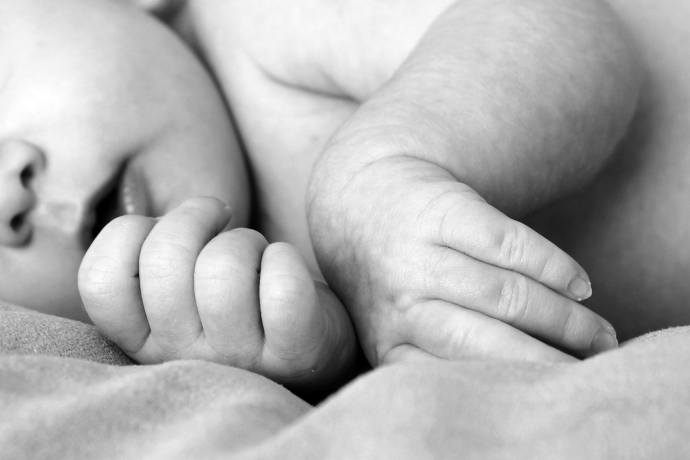
Mouth open: infants might usually find it difficult to breathe so their mouth usually open. It is also due to the mucus blocking in their nose, deviated septum, allergies or their sucking-thumb habit. You should pay careful attention to this signs because it can affect their tongue resting shape as well as their ability of breathing.
Baby shakes: it is common that while babies are sleeping, they usually twitch during eye movement (REM) which can affect the development of sensorimotor. This is because the fact that when the babies’ bodies twitch, it can help them feel about their limbs and how to use and what to do with them and their brains also develop as well. Thus, if your babies have this sign, do not worry too much.
Kick a lot: just a short time before your babies are totally in a deep Rem sleep, their sleeping state might turn from peaceful to active which means they will usually kick a lot. Other reasons causing babies to kick are that they feel too hot or the clothes they are wearing are uncomfortable. Make sure your babys clothing is super comfortable like these organic baby clothes. At that time, they will kick as a way to show their uncomfortable feeling and want to draw your attention. This is also the same as their state of hunger, diaper rashes, colics, thirst as well as diaper-changing needs.
Make noise: in a sleeping night, the state your baby experience can change differently, including deep and still, active and noisy. People call it as moro reflex (the start reflex), and it will last about two to three months. And sometimes, they may make a gurgling as a way to clear his gasp or throat to free their breath. Besides that, they might also whimper, laugh, cry and yell and sometimes talk while sleeping.
Wake up screaming: after reaching the age of 6 months, babies seem to wake up and cry more often during the night. You need not worry too much about this because it is just a sign showing that they want you- their parents. Other typical reasons causing are illness or that they are experiencing a quickly looming development.
With eyes open: actually, although it appears to be so odd if sleeping with open eyes, it is really normal. In medical-speaking, people call it nocturnal lagophthalmos. For infants, it happens frequently; especially during REM. However, it would be better to ask your doctor in case your babies sleep with eyes open for a long time (usually from 4-5 hours) or whether their eyes too irritated and dry. In fact, there are few rare cases that the state of eyelids malfunction can make them not close normally.
Sleep Alone Versus Sleep With Parents (Co-Sleeper)
Crib-sleeping
Crib-sleeping can help to avoid bed-sharing and help everyone have more space to sleep. It also helps to minimize suffocation parents let babies sleep in the crib without blankets, toys, pillows or anything which they can bury their faces in. However, some parents find it rather difficult to leave their babies to sleep in the crib and monitor carefully through the night.
Co-sleeping
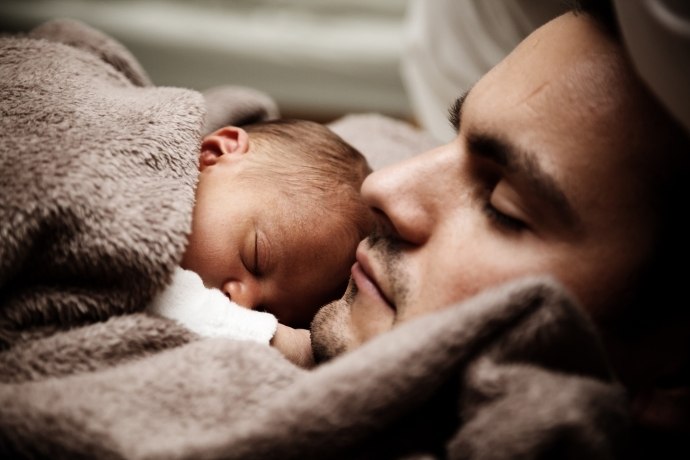
It is common that if your babies are let to sleep in their bed, they will breastfeed more frequently. While co-sleeping can help you to create a close relationship with your babies. You can stand by them anytime they want, and they might have a better sleep as a result.
However, despite the rare feature of SIDS, it can also happen when you co-sleep. It can be increased if parents are smokers or have been drinking alcohol and even if they do not experience any above-types. Besides, it would be better not to co-sleeping if your babies:
- Is just under the age of three months.
- Was born earlier than 37 weeks.
- Had a birth weight less than 5.5lbs or 2.5kg.
Products that help your baby sleep better?
Essential oils
These kinds of oil are naturally derived from the chemicals which totally do not have any side effects on children. They can help children reduce their stress and anxiety, make them feel peaceful as well as free their mind.
Additionally, you should use the combination of essential oils and carriers oils. This can make the oils dilute to avoid potential allergies. Moreover, be sure that the chosen oils are free of therapeutic grade.
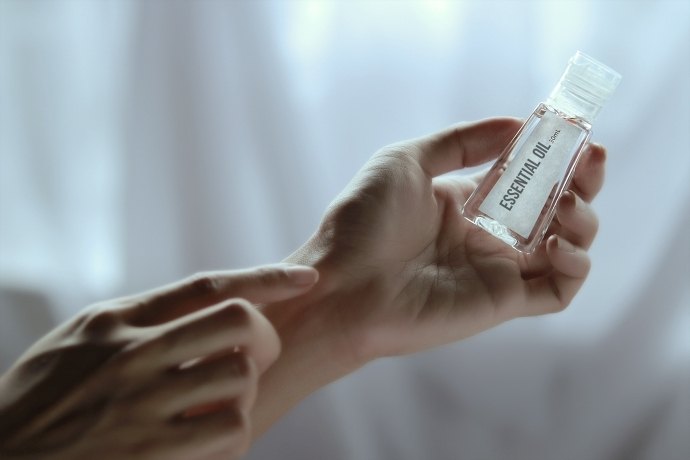
Mosquito repellent for babies
It would be best to prepare insect repellents to prevent your babies from mosquito- and tic- borne viruses, especially if the places you come is easy cause your babies to get ill. However, carefully read the safety precautions before using.
Actually, you may want a kind of insect repellent that made of real nature but you still should know clearly about its ingredient and how to use to make sure that it will not affect your babies.
Bassinet
Using a bassinet can help you nurse your baby easier because you can leave it near your bed, and anytime your baby need a care, you only need to pick her up without leaving your bed. Consequently, it is really helpful if you are a new mom which still has a limitation in mobility.
Pacifier
Not only can pacifier soothe your baby to sleep easily but also reduce the risk of SIDS. However, it might somewhat increase the risk of affecting your babies’ middle ear and one of the children as well. If your babies are still too young (about half birthday), you can use it because it rarely happens to young babies.
Sound machine
This kind of machine can help your babies have a wonderful and soothing sleep. However, be careful with the distance from the sound machine to your baby, at least two meters (about seven feet) as well as reduce the volume.
Nightlight
Sometimes, the light in the night can help your babies become calmer, or dim light in the nearby nursery also helps to stimulate their visual nerve if they suddenly wake up in the crib. However, it is also believed that the night light might make your babies to have a less soothing sleep due to inhibited melatonin production.
Sleep deprivation tips for new parents
Commonly, for parents, they will leave their baby deeply sleep before they go to bed. However, for new moms, it appears rather hard for them to take catnaps during the day. However, do not worry because there are still other tips for you:
- Rent assistance for your household chores and she can feed your baby while you are sleeping.
- Each time your baby snaps through the day, you need to take that time to relax or rest.
- Have your husband help you and give them the right tasks if he does not know what to do.
- Try to attach a bassinet to your bed so there is no need for you to get out of the bed to pick up your baby.
FAQ
Q: How and when to transition to un-swaddled sleeping?
A: although swaddling can help your baby feel comfortable and soothing, it can become a habitual way of sleeping. However, you can you need not swaddle your baby all the time if you follow these rule.
Q: If I want to wake my baby to feed, what should I do?
A: an over-two-week baby appears not to sleep while feeding and anytime he wants to feed, he will let you know. However, it is not the same if your baby is a newborn. That is the reason you should wake him for feeding. There are also other tips helping you to wake your baby without upsetting him.
Bottom Line
It is obviously that if baby sleep soundly and tightly at night, he will become more tolerant, more patient and more energetic in the next day.
We hope that this article can help you much in taking care of your babies and help them grow healthily as well as reduce your stress and burdens in nursing.


